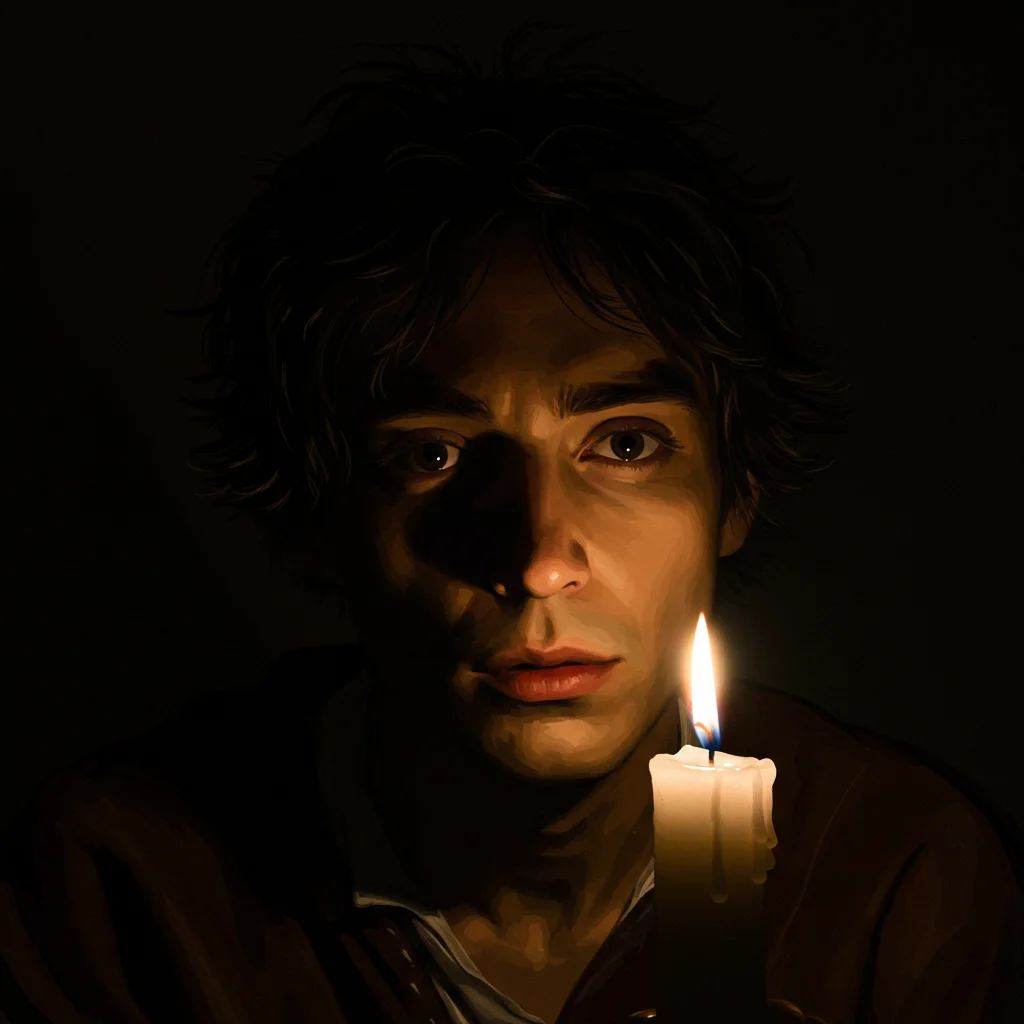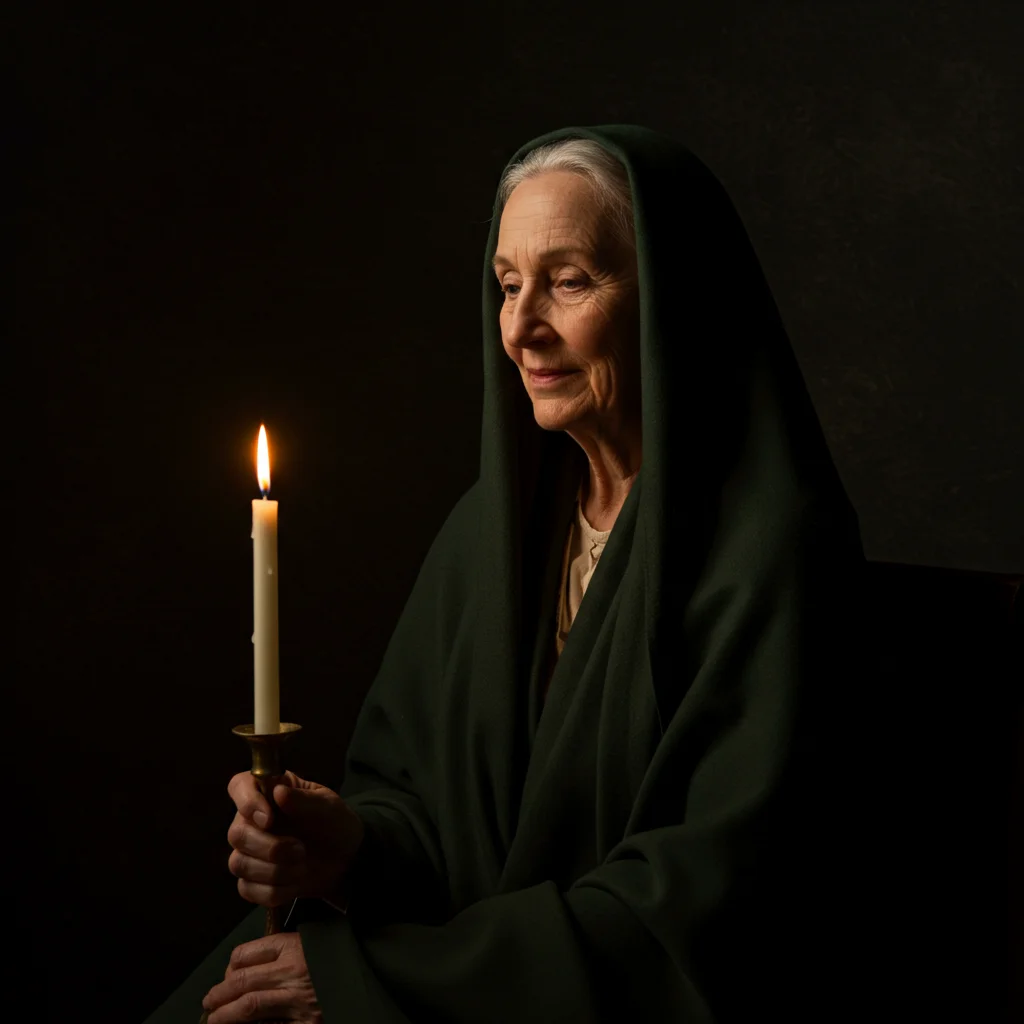What is Tenebrism?

Tenebrism, sometimes called dramatic illumination, is a painting technique where artists employ extreme contrasts between light and dark to heighten emotional intensity. Emerging during the Baroque period in the late 16th century, tenebrism goes beyond mere chiaroscuro (the balance of light and shadow) by plunging large portions of the canvas into deep shadow, leaving only focal points bathed in vivid light. This creates a theatrical, almost cinematic effect that draws viewers into the scene. While often associated with Caravaggio, tenebrism has roots in earlier artistic experiments and remains a niche yet fascinating topic in art history.
The Origins of Tenebrism: A Baroque Breakthrough

Tenebrism blossomed during the Baroque era, a time when art sought to evoke passion and spirituality amid the Counter-Reformation. Italian painter Caravaggio is credited with popularizing this technique, using it to depict gritty, realistic scenes of religious and everyday life. However, its origins can be traced to earlier influences, such as the works of Venetian masters like Tintoretto, who toyed with bold lighting effects. Tenebrism became a tool for artists to break from Renaissance harmony, favoring raw emotion over idealized beauty—a shift that still captivates art enthusiasts today.
Key Artists Who Mastered Tenebrism

While Caravaggio reigns as the tenebrism icon, other artists across Europe embraced and adapted the technique. In Spain, Jusepe de Ribera’s haunting depictions of martyrs showcased tenebrism’s ability to convey suffering and depth. Dutch painter Gerrit van Honthorst brought a softer, more intimate glow to the style, often illuminating candlelit gatherings. French artist Georges de La Tour also contributed, blending tenebrism with serene, meditative compositions. Each artist added their unique flair, making tenebrism a versatile and enduring approach in art history.
Tenebrism’s Lasting Legacy in Modern Art

Though rooted in the Baroque, tenebrism’s influence echoes in modern art and beyond. Its dramatic flair inspired 19th-century Romantic painters and even early filmmakers, who adopted its high-contrast aesthetic for noir classics. Today, contemporary artists and photographers revisit tenebrism to explore mood and mystery, proving its timeless appeal. By emphasizing light as a storytelling tool, tenebrism continues to intrigue niche art lovers searching for depth in the shadows.
Why Tenebrism Deserves More Attention

In a world of bright, colorful art trends, tenebrism stands out for its bold restraint. It invites viewers to linger, to uncover meaning in what’s left unseen. Art historians and enthusiasts often overlook this technique in favor of more mainstream styles, yet its power to evoke emotion through minimalism is unmatched. Whether you’re a Baroque aficionado or a curious beginner, exploring tenebrism offers a fresh lens on art history—one that’s as shadowy as it is illuminating.








Leave a Comment